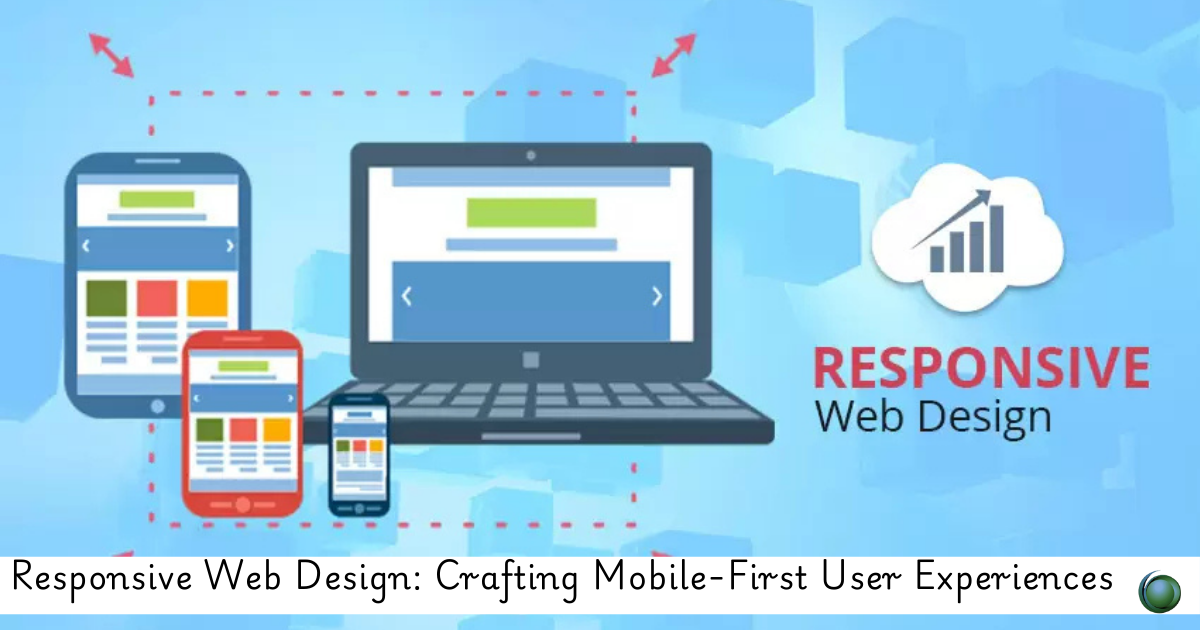1: Introduction to Responsive Web Design
1.1 Understanding the Importance of RWD in Today’s Digital World
1.2 The Mobile-First Approach: What It Is and Why It Matters
1.3 Key Concepts: Fluid Grids, Flexible Images, and Media Queries
2: Setting Up a Mobile-First Workflow
2.1 Defining Breakpoints for Different Devices
2.2 Designing Wireframes for Mobile, Tablet, and Desktop Layouts
2.3 Using Design Tools to Plan Responsive Layouts (Figma, Adobe XD, etc.)
3: Mastering CSS for Responsiveness
3.1 Using Flexible Box Layout (Flexbox) for Responsive Design
3.2 Implementing CSS Grid for Complex, Grid-Based Layouts
3.3 Creating Responsive Typography, Images, and Other Media
4: Media Queries and Breakpoints
4.1 Writing Media Queries to Target Specific Device Widths
4.2 Best Practices for Setting Breakpoints(Ref: UI/UX for E-Commerce: Enhancing the Digital Shopping Experience)
4.3 Implementing Mobile-First Styles and Progressive Enhancement
5: Responsive Design Patterns
5.1 Creating Navigation Systems That Adapt to Different Screen Sizes
5.2 Designing Responsive Forms and Buttons
5.3 Case Studies of Successful Responsive Design Implementations
6: Optimizing Performance for Mobile
6.1 Lazy Loading Images and Scripts for Faster Mobile Performance
6.2 Reducing Resource-Heavy Elements for a Mobile-First Experience
6.3 Testing and Debugging Responsive Websites Across Multiple Devices
7: Responsive Web Design Frameworks
7.1 Introduction to Frameworks Like Bootstrap and Foundation
7.2 Building Responsive Layouts Using Bootstrap’s Grid System
7.3 Customizing Responsive Frameworks to Meet Design Needs
8: Accessibility in Responsive Web Design
8.1 Ensuring Responsive Designs Are Accessible to All Users
8.2 Using ARIA Roles and Semantic HTML to Improve Accessibility
8.3 Testing Responsive Designs for WCAG Compliance
9: Advanced Techniques and Tools
9.1 Using CSS Custom Properties (Variables) for Responsive Theming
9.2 Implementing Modern JavaScript for Enhancing Responsiveness
9.3 Tools for Responsive Testing and Debugging (e.g., Chrome DevTools, BrowserStack)
10: Final Project
10.1 Building a Fully Responsive, Mobile-First Website
10.2 Peer Review and Feedback on Responsive Design Projects
10.3 Best Practices for Deploying Responsive Websites
Conclusion:
Mastering Responsive Web Design with a mobile-first approach is essential for creating modern, user-friendly websites that deliver an optimal experience across all devices. By applying the principles and techniques learned in this training, you will be able to build websites that not only look great but perform well on smartphones, tablets, and desktops. As mobile-first design becomes the standard, this training ensures you stay ahead of the curve in delivering seamless, high-performance web experiences.






